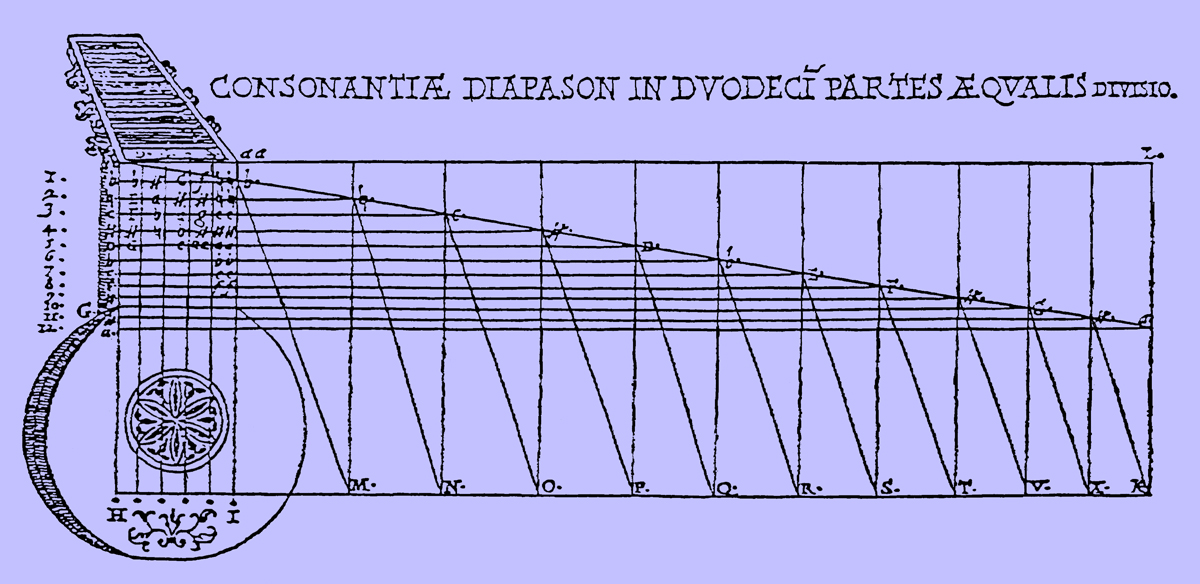 |
|
Restoration
/ a guitar belonged to the Italian patriot Giuseppe
Mazzini |
| |
| Guitar
made by Gennaro Fabricatore, Napoli 1811.
Originally
the instrument had keyboard flush with the soundboard and
neck attachment cash at the eleventh fret. It was subsequently
amended, by applying a new keyboard, above the table, with
the attachment cash at the twelfth fret and was subsequently
moved to the position of the bridge (which was replaced)
necessarily decreasing the string lenght of the instrument.
To mask the holes in the soundboard of the original bridge
was rebuilt also with ebony flowers on the soundboard surrounding
the bridge.
Inside the bar under the bridge has been moved to the hole
and consequently shortened.
Over time, the instrument has suffered further damage due
to breakage occurred mainly for the withdrawal of natural
wood; fortunately has not suffered the attack of insects
xylophages.
The
purpose of the restoration, was return the instrument in
its original layout and condition of playability. |
|
| |
|
|
|
After
the radiographic and photographic documentation, has been
temporarily consolidated the back to be able to detach from
the bands, avoiding the risk of further damage the already
existing cracks. |
|
|
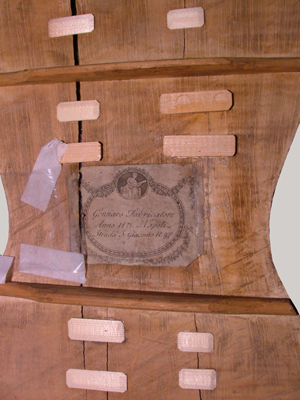 |
Consolidated
within permanently all breaks, have been created outside
of the inserts of the same wood, properly processed, so
far as to fit perfectly into the cracks, without having
removed any portion of the original wood.
Will then be dyed.
When
the back was carried out with the board, was reported
the soundboard, once cleaned,in its original layout placing
a new bar (the original one was too short and will be
kept separately) and doubling the area below the two rows
of holes bridges –new and original- because far
too weak.
|
|
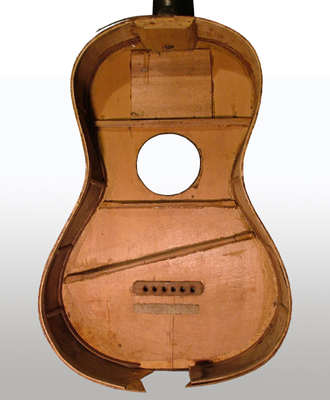 |
|
|
| Detached
keyboard –not original–, we proceeded to reconstruct
all the missing threads in bone and wood. Since the original
keyboard was completely demolished in the previous work,
it will rebuilt a new one, obviously flush with the soundboard.
Since we still see some traces of the original keyboard,
they will be of considerable help to a reliable reconstruction.
You will then be removal of all non original decoration
around the bridge and will be made invisible holes of the
bridge stuck in more advanced position, with a technique
that uses the original wood taken from a position slightly
behind.
|
|
|
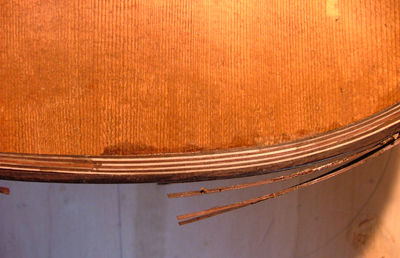 |
|
|
| |
|
|
Following
a comparative research done on contemporary instruments
by the same author, it was possible to reliably reconstruct
the decoration of ebony around the bridge and the bridge
itself. Consequently calculated tensions are appropriate
to the strings and we proceeded to the fittings.
|
|
|
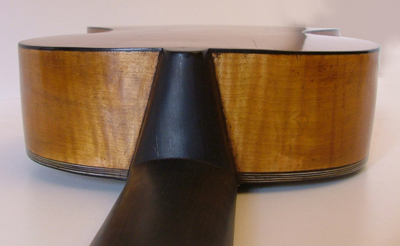 |
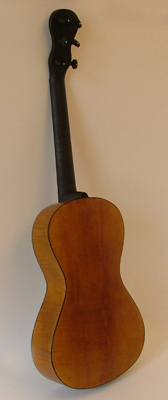 |
|
|